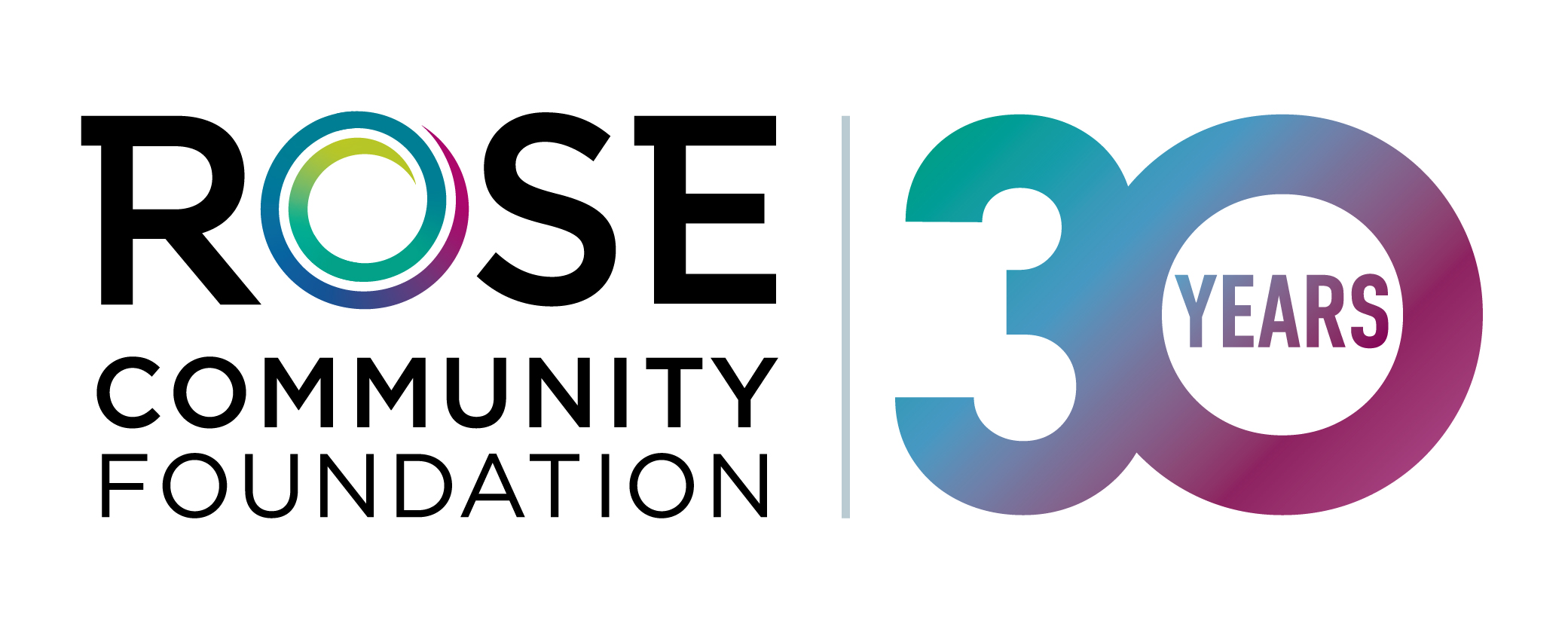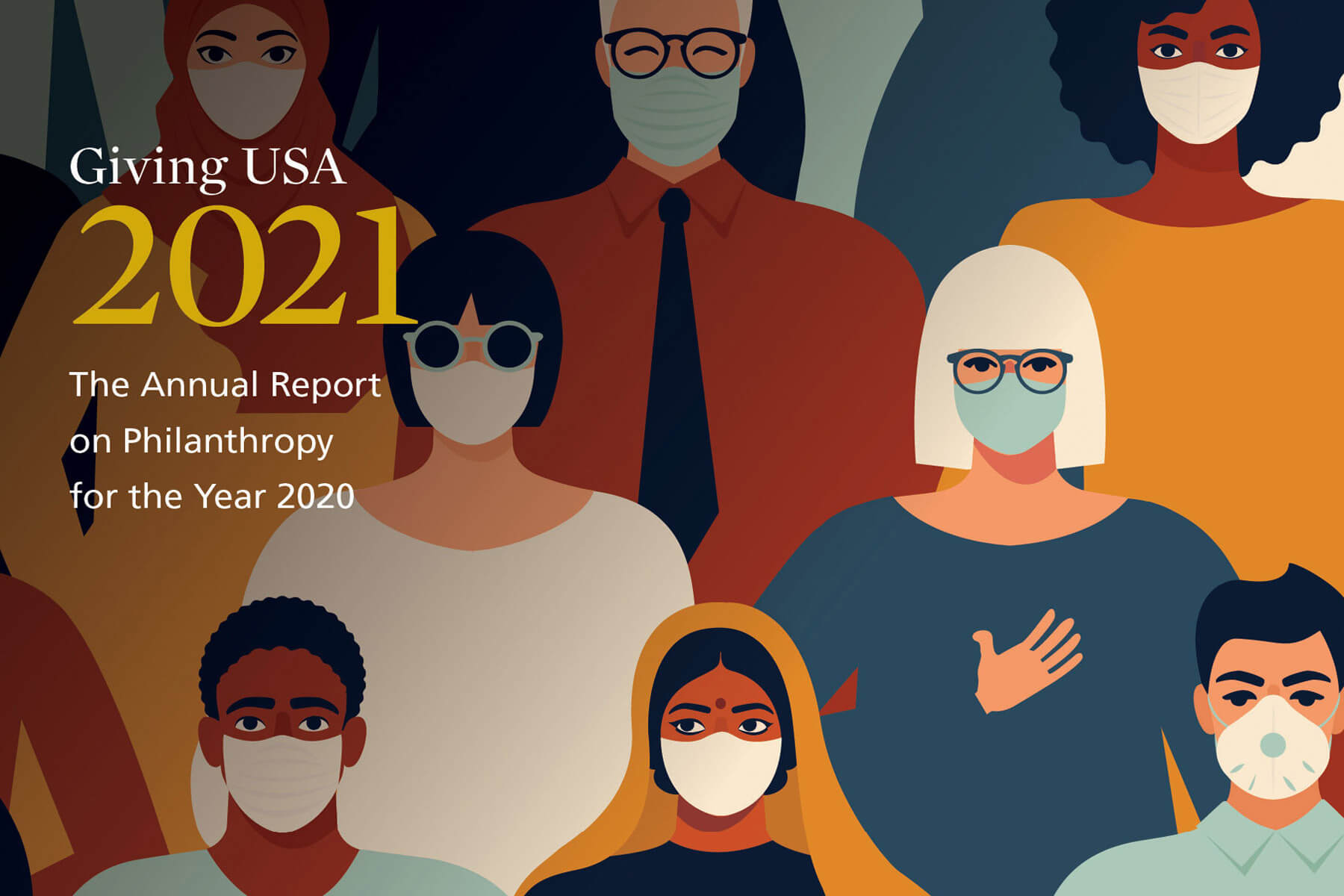For more than 65 years, Giving USA: The Annual Report on Philanthropy in America, has provided comprehensive data on the sources and uses of charitable giving in America. Published by Giving USA Foundation, it is researched and written by the Indiana University Lilly Family School of Philanthropy.
The recently released Giving USA study indicated a record $471.44 billion in charitable giving in 2020.Donors were moved by the needs and issues associated with the unprecedented combination of the pandemic, racial and social justice movements and economic turmoil. There are several key takeaways from the study, including the following:
- Foundations saw the greatest increase in giving (+17 percent), an all-time high, followed by giving by bequest (+10.3 percent) and by individuals (+2.2 percent). Individuals still encompass the largest share of total giving.
- Overall, giving types linked to the stock market performed well in 2020. Giving by corporations, which is more closely tied to the Gross Domestic Product (GDP), declined. The passage of the CARES Act and the possibility of an approved COVID-19 vaccine helped markets rebound in the second half of the year, when most charitable giving occurs. By the end of 2020, the S&P 500, which is closely related to giving, grew 16.3 percent, and personal income, a factor linked to individual giving, grew 6.1 percent. GDP declined by 2.3 percent from 2019, and thus, corporate giving was down about 6.1 percent. The economic impact of the pandemic across industries was uneven.
- Ultra-high-net-worth individuals and high-net-worth individuals were responsible for the majority of gifts; the study showed that the top 10 donors gave almost $22 billion. This continuing concentration of wealth has a substantial impact on charitable giving and even the vehicles through which charitable gifts are made.
- Typically, in a down market, approximately 50 percent of gifts are made through appreciated securities, with that percentage increasing to 67 percent in an up market. A large amount of these charitable gifts in 2020 were given through donor-advised funds.
- High net worth philanthropists are primarily white, older, and tend to give to religiously affiliated organizations. Younger donors are more diverse, and in 2020, tended to give to organizations for “public-society benefit.”
- Over the past year, there was an increase in online giving by over 20 percent. Younger donors tended to give through various digital platforms, albeit in smaller amounts. The real challenge to philanthropy is how to ensure that these gifts continue, while regaining the approximately 20 million households of givers that have been lost over the last several years.
For questions about trends in philanthropy or using data to inform your charitable giving, please contact our Philanthropic Services team.

